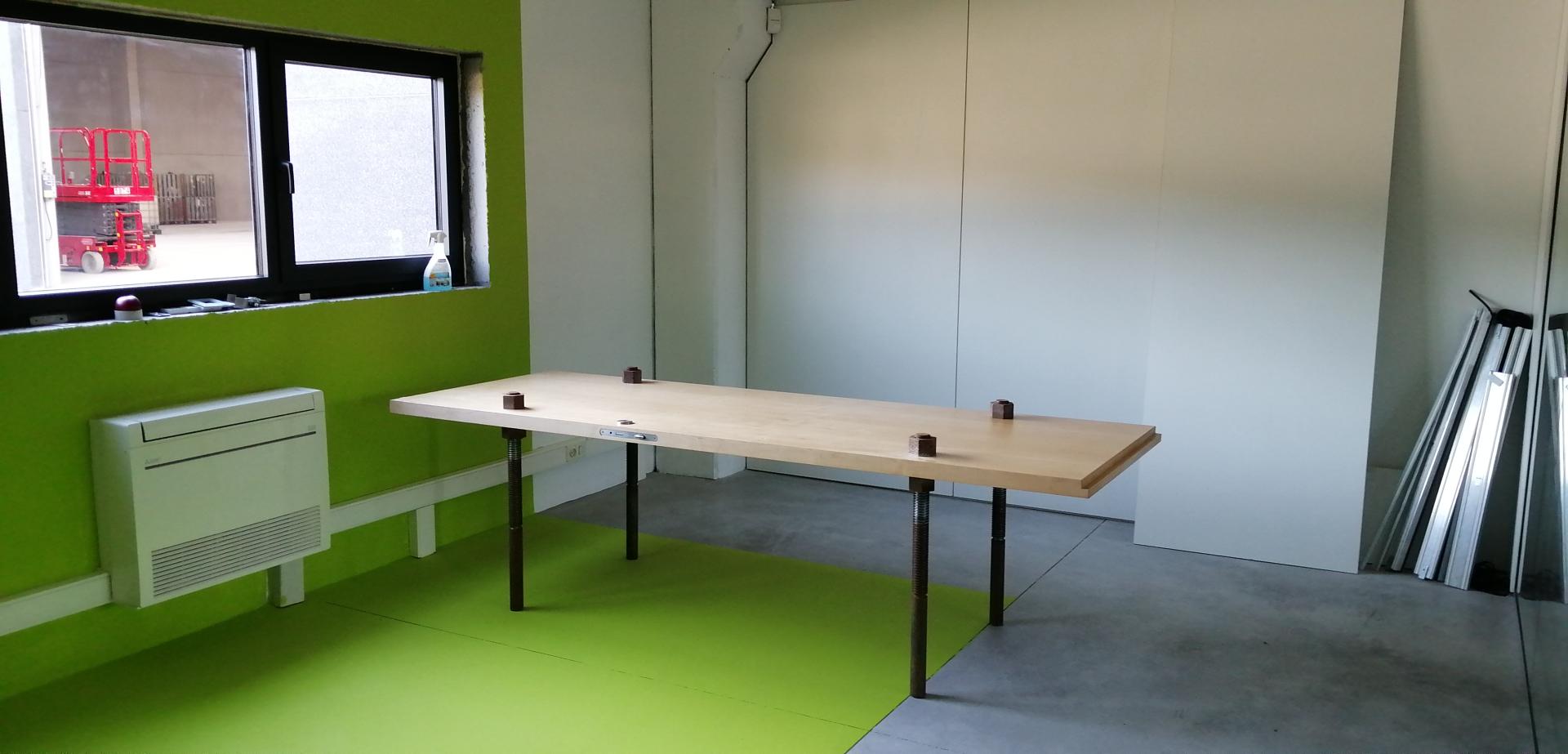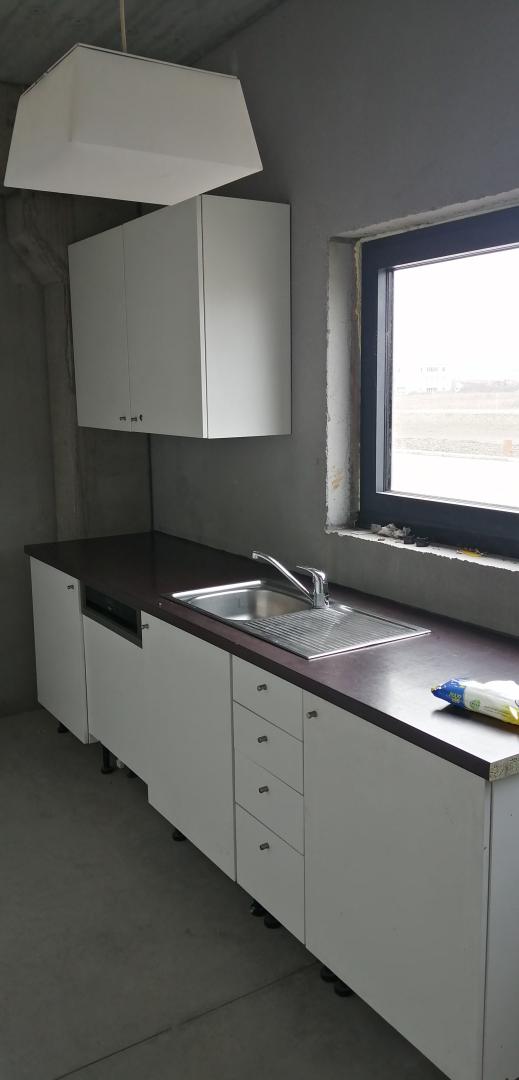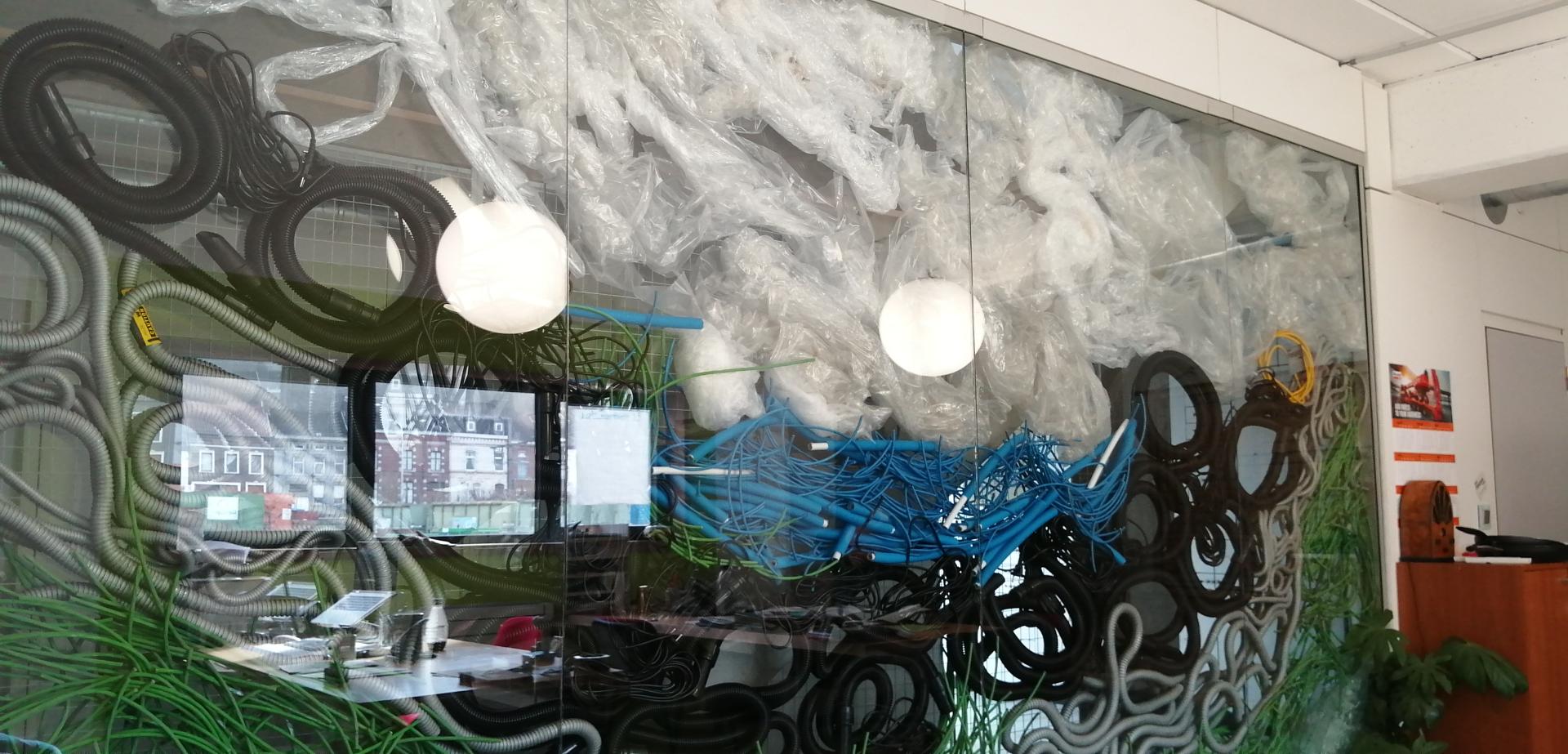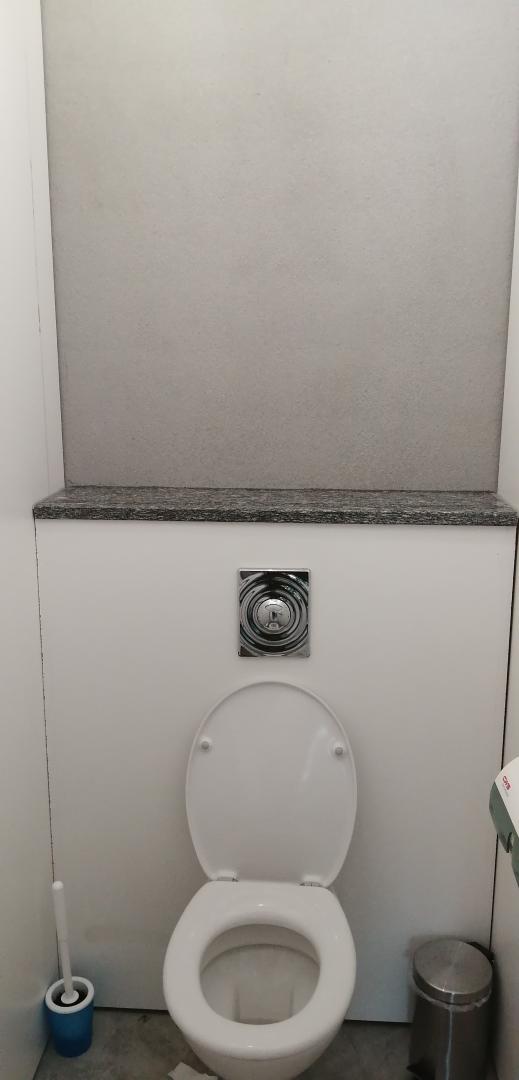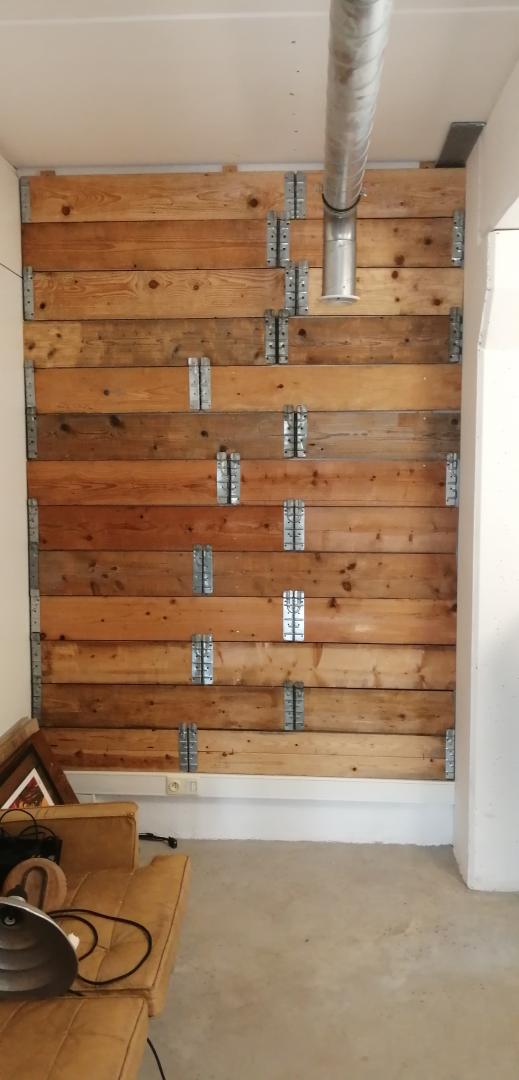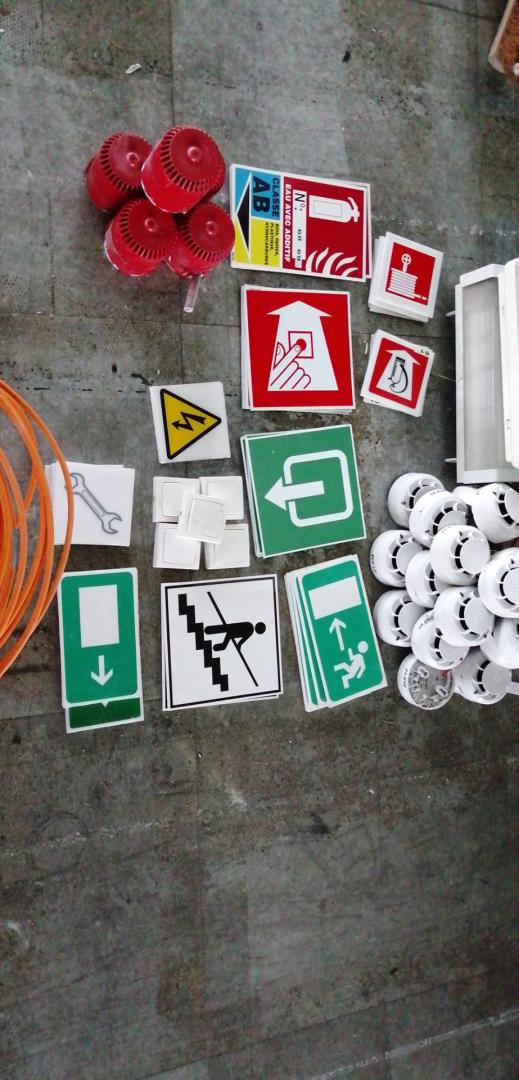RETRIVAL - reuse building materials
Basic information
Project Title
Full project title
Category
Project Description
Retrival is a Belgian Social Cooperative working in waste management. For 7 years, Retrival is a Belgian leader in selective deconstruction. We maximise reuse of all the waste entrusted to us.
We stored for a year all the deconstruction waste collected on our fieldworks. And in collaboration with our trainees and workers, we reimplemented a part of these materials in our brand new offices.This is now the demonstrative showroom of the https://www.cornermat.be : our building materials.
Geographical Scope
Project Region
Urban or rural issues
Physical or other transformations
EU Programme or fund
Which funds
Description of the project
Summary
HISTORY
Retrival was founded in 1997 following the signature of the first European manifest against social exclusion.
Retrival is a cooperative company with a social goal, recognized as an integration enterprise. We are reconnecting people in social difficulties to the labor market while creating new jobs related to the environment and the circular economy.
CORE BUSINESS
- collecting and sorting waste from SMEs
- dismantling and selective deconstruction of buildings before demolition or renovation
In all our activities, we maximize Re-use of collected objects and materials.
THE PROJECT
We started deconstruction activities back in 2016. At the beginning, a large part of the carefully dismantled equipment could not be sold. The market was very small and limited. No customers were found around us. Now, little by little, we are noticing a growing interest in this type of second-hand materials. But these are assimilated to a do-it-yourself type of products among the public.
We wanted to demonstrate that it is possible to complete offices’ buildings interiors with second-hand materials and have an professional, sexy, and modern design.
For a year, we kept almost all the materials dismantled by our teams. We were investing in our brand new office and warehouse. We decided to do ourselves all the interior finishing (300 m²) with these materials, with the active participation of our workers, both in the design and in the execution.
NEXT STEPS
We have opened a marketplace, physically and digitally, called "Cornermat" (www.cornermat.be). This structure sells second hand materials coming from our field work but is also aiming to collect overstock materials and/or other equipment people don't use anymore.
We also want to send a message that reuse is much more than just furniture crafted with pallets.
Last but not least, we want to measure accurately the CO2 and social impact of our initiative and encourage duplicability.
Key objectives for sustainability
Our key objectives in terms of Sustainability are dual: first we want to show that designing nice and efficient offices using reused materials is possible, and can be far more than just buying a few second-hander printers or coffee cups.
To that regard, all interiors of our new Headquarters have been built using reused materials, collected or deconstructed by our workers on our worksites. It includes interiors partitions, doors, sanitary equipments, furnitures, electricity, lightings, kitchens, showers, waterheater. Everything is reused materials, with the exception of ventilation, fire detection, alarms and heating. This circularity objective is clear and obviously met. We estimate the level of reused materials to be as high as 80% of the total materials used.
The second key objectives is reducing the environmental impact of renovation and construction in general. This is why we would like to involve experts to accurately measure the CO2 impact of our office. This would give us the concrete tools we need to emphasize the environmental positive impact of circularity in construction. CO2 is indeed saved twice when making circularity a priority in such project. First, CO2, water and energy is saved as we avoid destroying building materials (no burning woods for instance). Second, CO2, water and energy is also saved as there is no need to produce new materials, given reused materials are already available. Our Heaquartes thus has an important positive impact in terms of CO2, water and energy savings.
Key objectives for aesthetics and quality
As shortly mentioned above, all interiors of our new Headquarters have been built using reused materials, collected or deconstructed by our workers on our worksites. It includes interiors partitions, doors, sanitary equipments, furnitures, electricity, lightings, kitchens, showers, waterheater.
We worked as a team with our own workers to build some of it, which generated interesting discussing and ideas about both the efficient aspect of the office (space, size of furnitures, etc.) and as well in terms of design. We really wanted to maximize the level of reuse, the challenge was to come up with creative ideas so items which would usually have ended in the trash can could actually become an aesthetic tool bringing a unique design to our working environment. One nice exemple is the reuse of cables, plastic bags, and vaccum cleaners tube as decoration. These alwyas amaze our visitors. Same for our cooper tube that we used as support for shower curtain.
Regarding the plumbing and electricity, the challenge was to find professionals willing to take the challenge to work with reused materials. After extensive search, we found the right persons who wanted to use this experience as a case study. Working with reused toilets, lightning, sinks, tubing, etc. forced them to completely rethink their way of working and even preparing their cost estimates. Their motivation in taking the challenge was to learn so they could replicate it for other clients, and even propose them to work with reuse materials. Good for the wallet, and good for the planet.
Key objectives for inclusion
Social inclusion is in our DNA. We are indeed a cooperative company, meaning we include workers in some decisions' making processes. Part of our workers were unemployed and had lost their rights to unemployment. We work with public structure to reintegrate them in the workplace, giving them a chance to sign a contract and get their life back on track. We are proud to say that depsite the COVID crisis, we managed to offer long-term contracts to 3 additional workers! It was and still is a financial challenge as we are a small structure, but we took the social approach and rather have small profit but many people at work, than high profit with a few workers. In our activites we deconstruct and seek project requires workforce rather than machines.
Furthermore, we welcome every week visitors such as schools, architects, citizens' trainings centers and designers who desperately seek concrete examples of an office made from reused materials. We always take time to describe our project, explain how we collected these materials, and how we designed the office in order to maximize the reuse level, and show our achievements. We consider this time as being part of our social objective which is also to positively contribute to the society as a whole. We are always happy and proud to show that with good will and preparation, building an office from reused materials is possible. We are quite unique in that matter. We are also an example for our customer approach. We encourage them to think out of the box and be ready to reuse materials coming from their own worksites.
Last but not least, via our social media, we try to reach the public to promote reused materials. Given current high costs of new building materials, low revenue citizen can have a proper access to good quality building materials via our platform www.cornermat.be.
Results in relation to category
The value chain of Circularity in construction can be divided in 6 main steps :
- Inventory
- Deconstruction
- transport and storage
- preparation
- sale
- re-implementation
Our project has covered all the steps hereabove listed and gave us the opportunity to learn about each step.
We train, sensitize and explain these learnings every week to our visitors.
It also allowed us to complete the content of the terms of reference of the new jobs created for our trainees and workers.
How Citizens benefit
The citizens were not involved in the implementation of the project.
Our trainees and workers were involved. Involving our teams led to training them and sensitize them to reuse in their personal lifes. It created a momentum as they spread the word to their families, friends and relatives, that reuse is indeed possible and can help saving money for renovation work. Since we created our office, the price of building materials increased by 20% to 50%, even more for some specifi item. Reuse is thus a very good alternative in that regard too.
We now work with public empoyment agencies of Wallonia and Brussel to create new jobs like valorist in (de) construction. We plan to submit a FSE+ project with partners on this topic.
Physical or other transformations
Innovative character
As mentioned previously, we innovately took a reverse approach and put the emphasis on reused materials rather than new materials. Whereas a typical approach would use a few reused materials to make it look a bit "green" or environmentaly friendly, we wanted to go the all way. As mentioned before, all intiatives using some sort of reuse is positive, but it's way too limited. How can the global society face challenges climate change is already giving us if we continue producing new materials while destroying available and suitable materials? Why always putting price first, not considering at all the environmental impact in the full picture? We wanted to show that using a few second-handed items is nice, but definitely not enough, and that building a brand new office from reused materialls:
- can tehcnically be done;
- can look good;
- can provide a good and efficient working environment for our team;
- can inspire architects, designers, and professionnals (plumbers, electricians, etc).
Learning transferred to other parties
Our project has a positive impact for the society as a whole: environment, waste reduction, savings in renovation/construction costs, giving job opportunities.
The apprenticeship and training work for low-skilled people can be replicated within other companies by capitalizing on this training and setting up new professions. The transferability of the model is possible for the resale of the materials and their reimplementation. We have shown through our work that it is possible to maximize circularity in buildings. We will soon provide a complete assessment of the economic, social and environmental impact of our approach, with capitalization through digital media.

